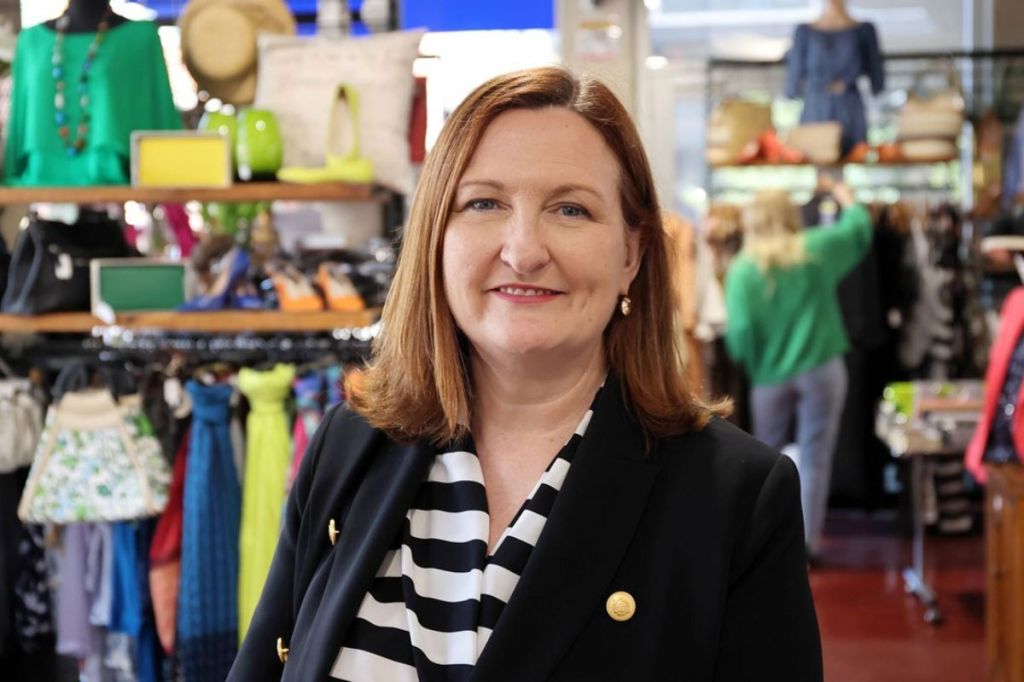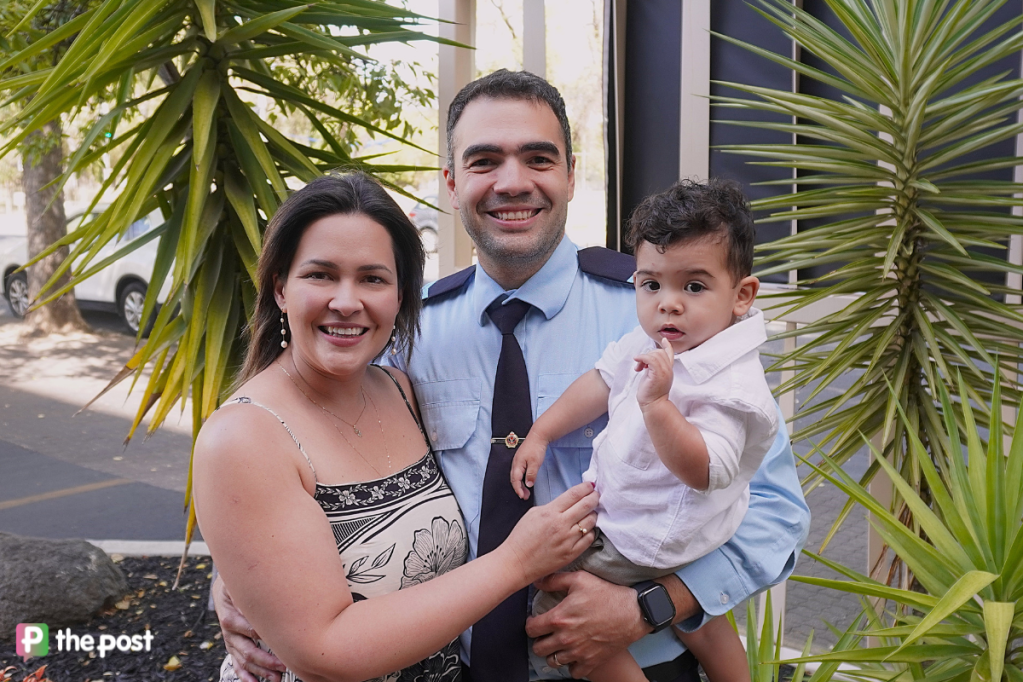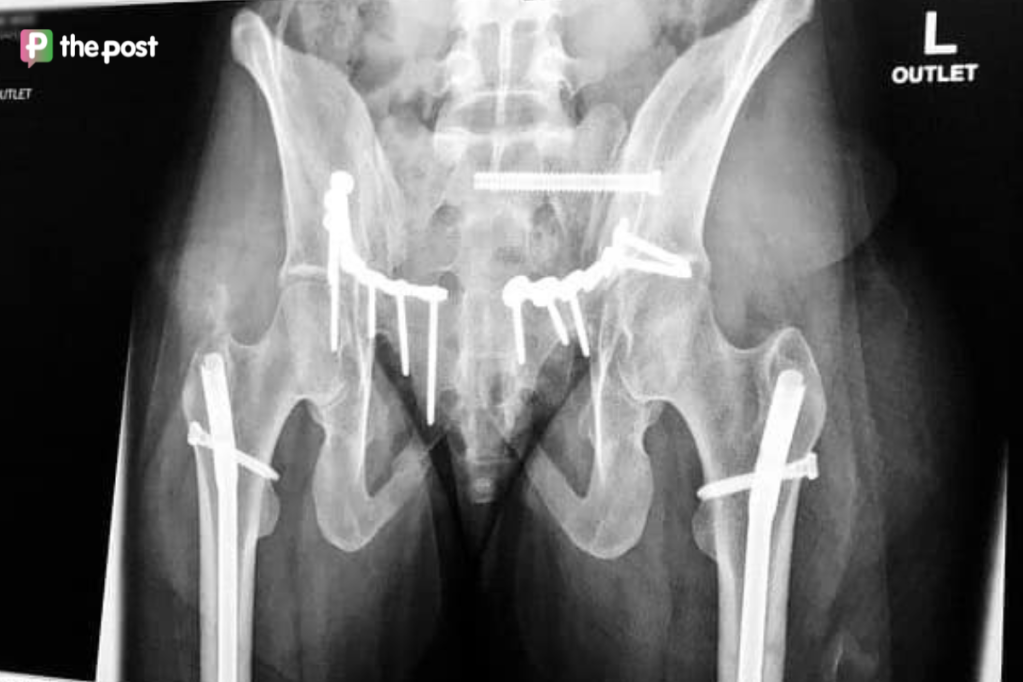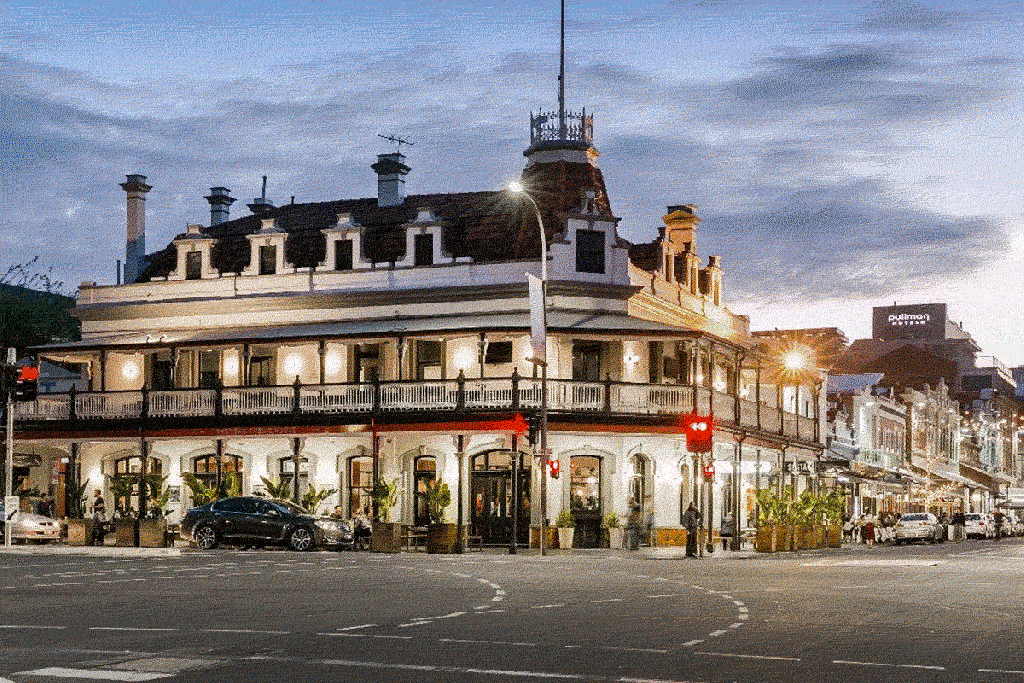Is 2025 the year for first-home buyers to get into the market?
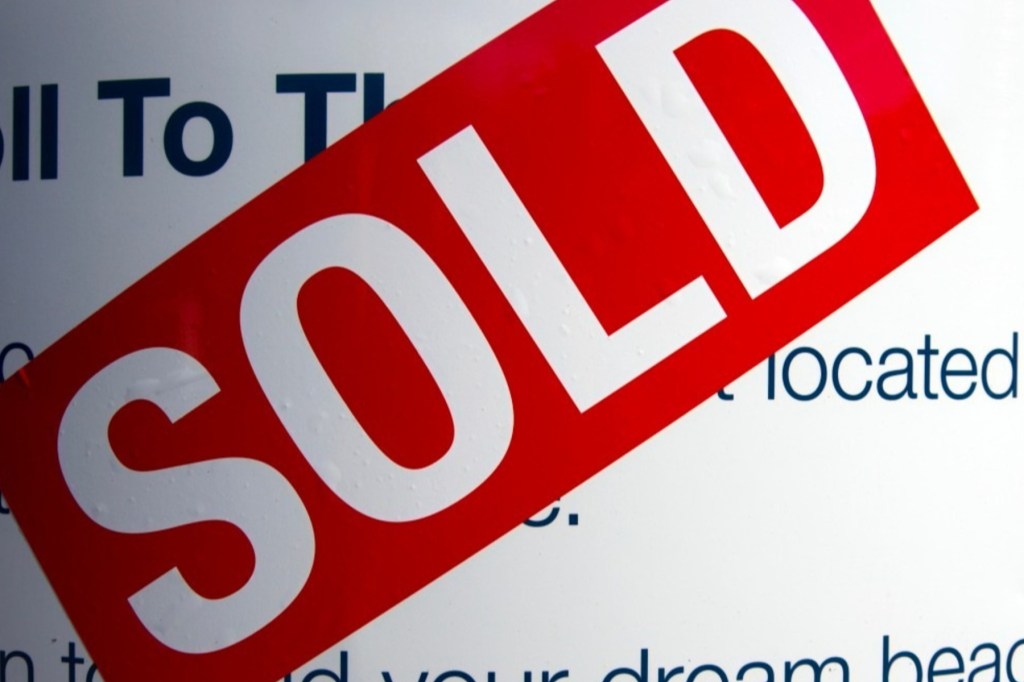
In good news for first-home buyers looking for an affordable entry point to the property market, 2024 brought the first fall in national values for the first time in nearly two years, according to CoreLogic.
Capital cities such as Melbourne and Hobart led the decline.
Melbourne now sits behind Darwin and Hobart as the nation’s third most affordable capital city, with a median home price of $774,093.
But will prices continue to remain in favour of first-time buyers in 2025?
We chatted with the experts to get their top tips and predictions for this year’s first-home buyer market.
1. Government incentives
If you’re looking to break into the property market this year, you may be eligible for government incentives to help you purchase your first home with a smaller deposit.
The federal First Homeowner Grant, which provides $10,000 to first-home buyers who buy or build a new home valued up to $750,000, will soon be replaced with the federal Help to Buy scheme.
It will provide shared equity home loans to eligible buyers with a deposit of at least 2 per cent. The government will act as an equity partner owning 30 to 40 per cent of the property, with its share to be paid back if you sell down the track.
The Help to Buy scheme is available for citizens with an annual income of $90,000 or less for individuals or a combined income of $120,000 for couples. The property’s purchase price cap varies by state.
You might like
The federal government will offer 10,000 Help to Buy places each year.
Other incentives include the First Home Super Saver scheme, which allows you to make personal voluntary contributions to your superannuation fund to help you save for your first home deposit with a 30 per cent FHSS tax offset.
Up to $15,000 of voluntary contributions in any one financial year, or a total of $50,000 across multiple years, can then be withdrawn.
The federal First Home Guarantee will also allow eligible first-home buyers to buy a home with a deposit of as little as 5 per cent without paying Lender’s Mortgage Insurance.
The guarantee is available for those earning up to $125,000 for individuals or $200,000 for joint applicants, with property price caps varying by state.
Other state government incentives are available depending on where you’re looking to buy.
2. Get in while the market is on a downswing
CoreLogic research head Eliza Owen said now was a good time to buy due to falling property values in many capital cities.
However, property prices are lower due to high interest rates, which could be a barrier for first-home buyers as that means more expensive mortgage repayments.
National Property Buyers director Antony Bucello said the first quarter of 2025 would likely be a good time to buy before interest rates were expected to fall again, meaning potentially breaking into the market in a sweet spot when prices are low. Repayment costs might ease in the near future.
“It’s a small window, but I do generally think that we’ve got a window of maybe six months,” Bucello said.
“Even if we do see a rate drop in March or April, I don’t think that will filter through until the second half of the year.”
3. Investors are likely to return
Stay informed, daily
Ray White chief economist Nerida Conisbee also said early 2025 was a good time for first-home buyers because many investors had dropped out of the market due to low capital gains, rental reforms and added land taxes for investment properties in states such as Victoria.
“Investors are selling out, which is good news as they buy similar stuff to first-home buyers,” Conisbee said.
Bucello said the exodus of investors, particularly in cities such as Melbourne, where values have fallen significantly, would benefit first-home buyers by introducing more supply for homes under $800,000.
“I think first-home buyers are going to be a very active buyer type in 2025,” he said.
“If they have the capacity and ability to buy, I generally believe 2025 is a good time to get going.”
4. Less stock on the market
Although there is more stock of affordable houses due to fewer investors in the market, Owen said a cheaper market also meant fewer sellers were offloading their homes.
“Buyers could benefit from price falls, which are starting to play out, but the tradeoff is if selling conditions worsen and as prices fall, sellers might hold off,” she said.
However, some particularly good buyers’ markets were worth looking into due to declines in values and relatively high stock levels, Owen said.
They include Melbourne – where values are down about 6.5 per cent from the peak and buyer negotiating power is much stronger than it was a few years ago – and Hobart, where values have fallen even further to about 13 per cent below the peak.
5. Don’t forget serviceability buffers
The mortgage serviceability buffer determines your borrowing power by your ability to repay your mortgage at 3 per cent above your loan rate – to account for interest rate changes.
This buffer remains a challenge for first-home buyers because it decreases borrowing power, so it’s important to consider this when seeking a home loan.
6. Take advantage of income growth
With inflation easing due to higher interest rates over the past two years, Australians could see real income growth this year.
Owen said higher wages could help first-home buyers build up their savings in the year ahead, which would increase housing demand.
However, if demand did increase, this would mean property prices would likely rise again, and competition would increase – both barriers for those looking for their first home.
This article first appeared on View.com.au. Read the original here
